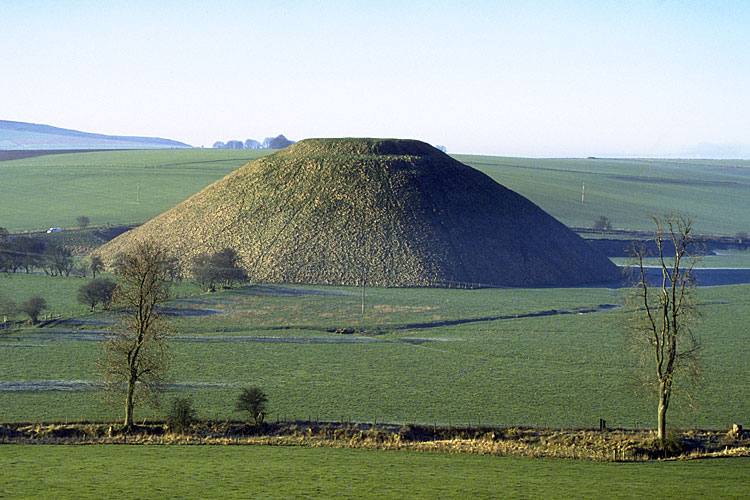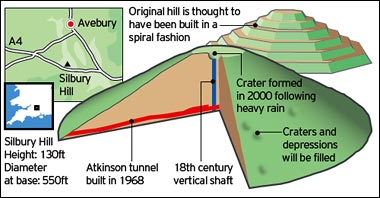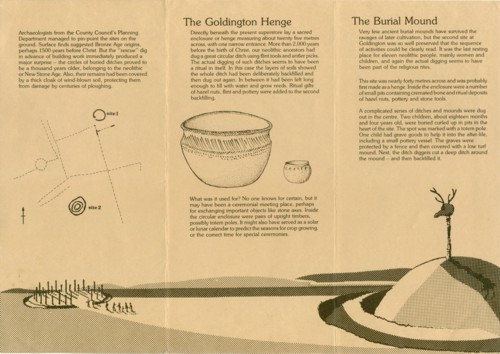
Silbury Hill May Have Once Held a Huge Totem Pole!
Gazetteandherald - Letters that lay undiscovered in national archives for more than 230 years suggest that Silbury Hill, the enigmatic man-made mound that stands between Marlborough and Beckhampton, may have originally be constructed around some sort of totem pole.
Historians have uncovered in the British Library in London letters written in 1776 that describe a 40ft-high pole which once stood at the centre of Silbury Hill. Europe’s largest man-made mound.
The letters detail an 18th century excavation into the centre of the man-made mound, where archaeologists discovered a long, thin cavity six inches wide and about 40ft deep.
A separate excavation found fragments of oak timber within the cavity leading historians to believe that the mound was built around the pole dating from around 2,400 BC.
David Dawson, director of the Wiltshire Heritage Museum in Devizes, said: “This is important, lost information dug out of the library, rather than through field work.
“It tells us that in one of its earliest phases some kind of totem pole was erected on the mound, then subsequent additions to build the hill up were piled up around that timber.”
The 18th century letters, written from Edward Drax to Lord Rivers, described excavations Drax had supervised at Silbury Hill.
He oversaw the digging of a vertical shaft from top to bottom that is sometimes claimed to be the work of the Duke of Northumberland.
Drax, a wealthy landowner who lived in Bath, had hired a team of miners to dig a shaft from the top of Silbury Hill, to the centre of the hill, 125 feet below.
To begin with the miners found little but chalk and pieces of deer antler, but 95 feet down - some 30 feet above where they expected the base of the mound to be – they stumbled upon a deep, narrow cavity.
The hole was six inches across but Drax noted: “We have already followed it already about 20 feet, we can plumb it about eleven feet more.”
In his letter he wrote that “something now perished must have remained in this hole to keep it open”.
Together with a later, independent account of fragments of oak timber found at the centre of the mound, the evidence adds weight to the totem pole theory.
Last year English Heritage completed a £2 million restoration programme on the mound to prevent it from collapsing after previous excavations, including the one by Drax, had left the structure weakened and prey to erosion.
Drax’s letters have been published for the first time in the new volume of the Wiltshire Archaeological and Natural History Magazine.

To find the remains of a Totem Mound/Henge site in the UK is quite rare; I know of only one other example whose remains are commemorated as lying beneath a Tesco Superstore in Goldington, Bedford, Bedfordshire...
...and just like Silbury, some good UFO photos, (and even the odd video) have been captured in Goldington by members of the public; for those not up to speed on all of this, please check our 'UFO Reports' and 'UFO Archiive' pages, looking under 'Putnoe', 'Goldington', 'Bedford' and of course - 'Silbury Hill'.





